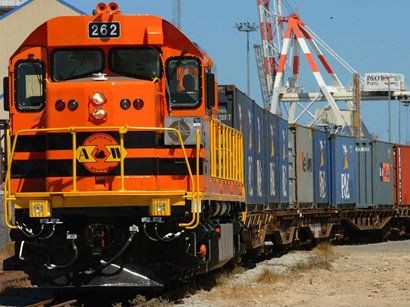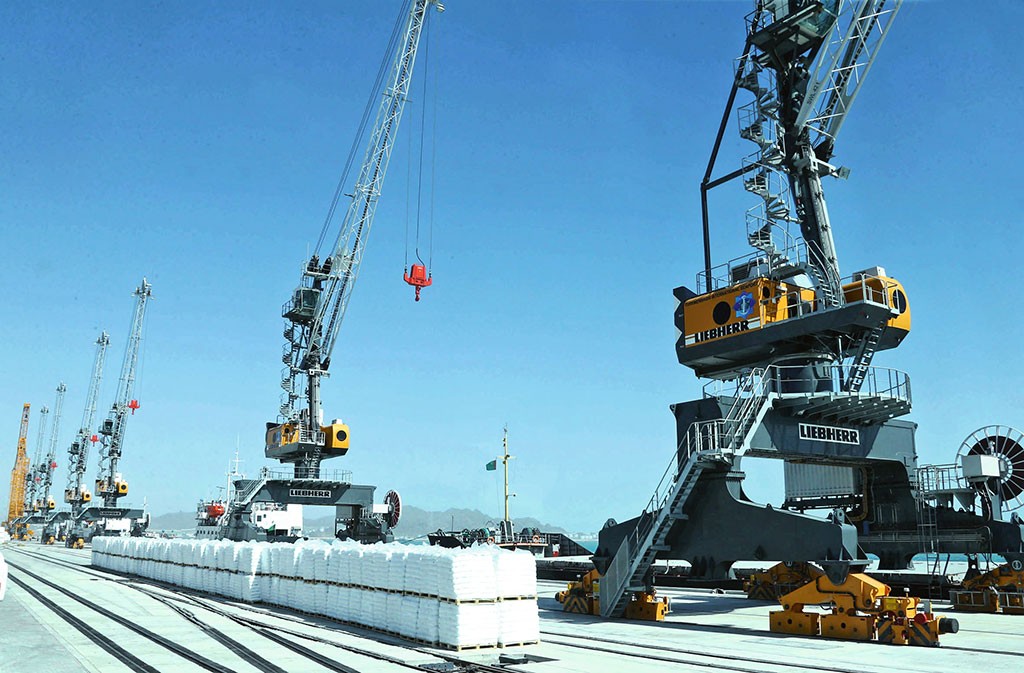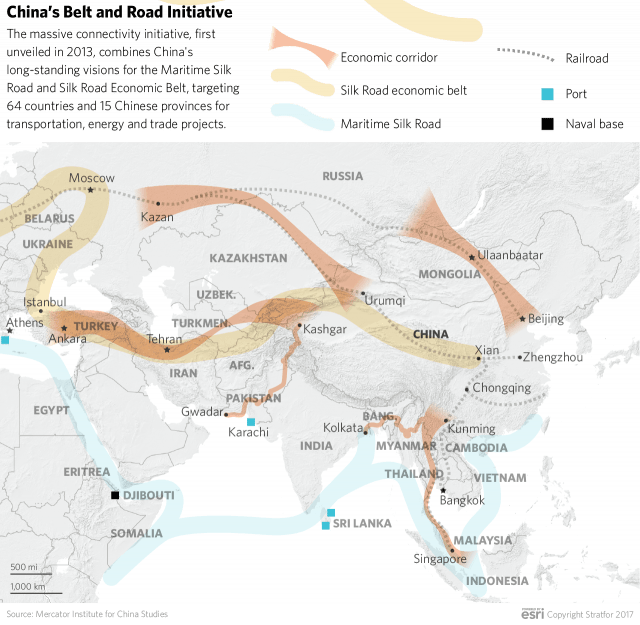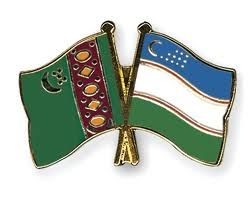TASHKENT (TCA) — In terms of cooperation in energy, transportation and transit spheres, Turkmenistan and Uzbekistan are perhaps the most interdependent countries in Central Asia. We are republishing this article on the issue by Umida Hashimova, originally published by The Jamestown Foundation’s Eurasia Daily Monitor: Uzbekistani President Shavkat Mirziyoyev’s first foreign trip, in March 2017, nearly seven months after coming to power, took him to Turkmenistan. The salient point of the visit was the opening of a mile-long rail-and-car bridge connecting both countries over the Amudarya river and the signing of a strategic agreement, one of only two Uzbekistan ever signed with its Central Asian neighbors (President.uz, March 7, 2017; Gazeta.uz, March 6, 2017). Mirziyoyev visited Turkmenistan two more times following his first visit. And on April 23–24, 2018, a little more than a year since the first official bilateral summit, he hosted President of Turkmenistan Gurbanguly Berdimuhamedov in Uzbekistan. The latest meeting between both leaders did not deliver the same political and economic milestones as the first. Nevertheless, the abundance of cultural events tailored for President Berdimuhamedov seemingly made him the most culturally entertained foreign leader to ever visit Uzbekistan (President.uz, April 24; BBC News—Uzbek service, April 23). Talks on trade and transportation dominated the official part of the meeting. The two sides underlined that bilateral trade reached $177.3 million in 2017 and set a target of tripling this amount by 2020. Already in the first quarter of 2018, trade turnover increased by 55 percent year-on-year (Gazeta.uz, April 25; Kun.uz, April 24). Additionally, within the framework of the official visit, business leaders of both countries met at special events and signed agreements cumulatively worth $250 million (Gazeta.uz, April 25). During Berdimuhamedov’s visit, the government of Uzbekistan reconfirmed its participation in the Turkmenistan–Afghanistan–Pakistan–India (TAPI) natural gas pipeline project (Kun.uz, April 24). Tashkent first expressed its desire to partner with Turkmenistan on the project in the middle of 2017, when Mirziyoyev paid a follow-up meeting to Turkmenistan (Kun.uz, May 22, 2017). In turn, Turkmenistan offered Uzbekistan use of its territory to access Middle Eastern and European markets via the planned Uzbekistan–Turkmenistan–Iran–Oman and Uzbekistan–Turkmenistan–Caspian Sea transportation corridors (Kun.uz, April 24; Uzbekistan 24 TV, April 23). For Uzbekistan’s government, Turkmenistan indeed offers unique opportunities that no other bordering country can match. In particular, Turkmenistan (and transit through this state) can offer Uzbekistan’s growing industrial base quick access to world ports and markets (BBC News—Uzbek service, April 25). Tashkent is presently explicitly pursuing international transit corridors traversing Turkmenistan. And to this end, Berdimuhamedov expressed his support for the Uzbekistan–Turkmenistan–Iran–Oman corridor, which Uzbekistan’s government had focused on last year in its negotiations with Iran and Oman (Kun.uz, April 23, 2018; Gazeta.uz, April 20, 2017; UzA, March 14, 2017). Neutral Turkmenistan also offered to host Uzbekistani-led negotiations among rival belligerent Afghan factions (Kun.uz, April 23). Uzbekistan’s recent attempt to hold peace talks in its capital between Afghans and world leaders was the latest example of Tashkent’s endeavors to influence the situation in the bordering country (UzA,...




